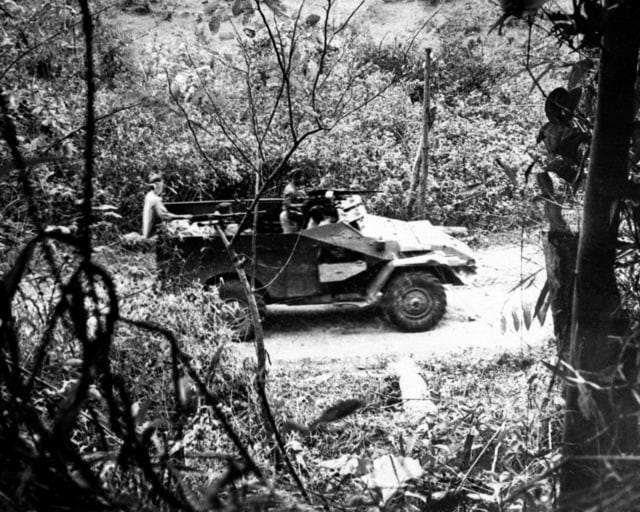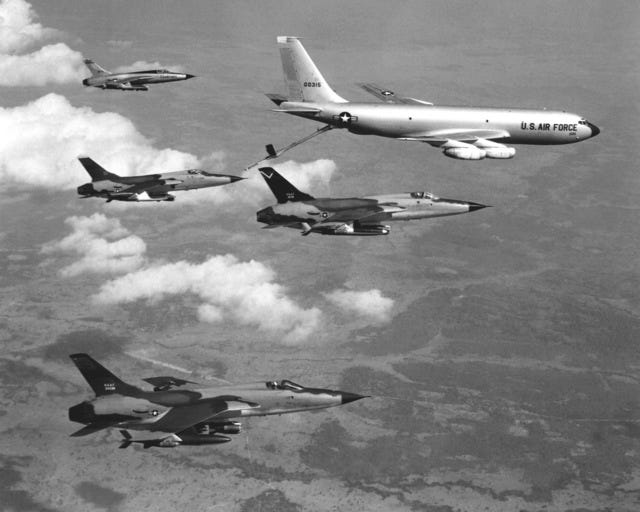When the United States military couldn’t outright defeat the Vietcong and the North Vietnamese, the American government turned to scientific and technological solutions to battlefield problems. These new solutions were enlisted to smoke out and kill enemy combatants, turning Vietnam, and parts of Southeast Asia, into a proving ground for new technologies—some radical, others dangerous, and others still pulled straight from the pages of popular science fiction stories. American solutions to those enemies faced in Southeast Asia accelerated the war in Vietnam but often provided little in terms of progress in the face of increasing costs.
Tech-driven wars are nothing new for the American military. Some have been pulled off—and spectacularly so. For example, the U.S. military engagements in Kuwait following the Iraqi invasion of that small country showed the U.S. military was fighting on a level its Iraqi military and government weren’t capable of. (Ironically, one of the largest armies in the, at that time, was Iraq’s.) The Second Iraq War saw the surrender of the Iraqi military and government in a spectacular fashion, filmed for the twenty-four-hour news cycle.
Bridger, in Scientists at War, argues the American tech-driven war in Vietnam grew out of concerns that presented themselves during the early 1960s:
Government scientists and politicians alike saw a need for the U.S. government to develop and expand its limited war (Limwar) capabilities. This would, in theory, allow the U.S. to engage in limited, in scope, wars to combat communist aggression without resorting to nuclear weapons.
Limwar capabilities would allow the U.S. to counter the Soviet Union, while containing communist insurgencies in places like Southeast Asia, which had troubled Eisenhower and later Kennedy.
To develop Limwar, the U.S. government enlisted the support of private organizations—such as universities, corporations, and nonprofits.
The idea of Limwar was nothing new to the American military experience. Military planners, politicians, and government scientists saw Korea as the perfect example of Limited War—although they worried about the stagnation (and mission creep) seen at the end of the Korean War.







